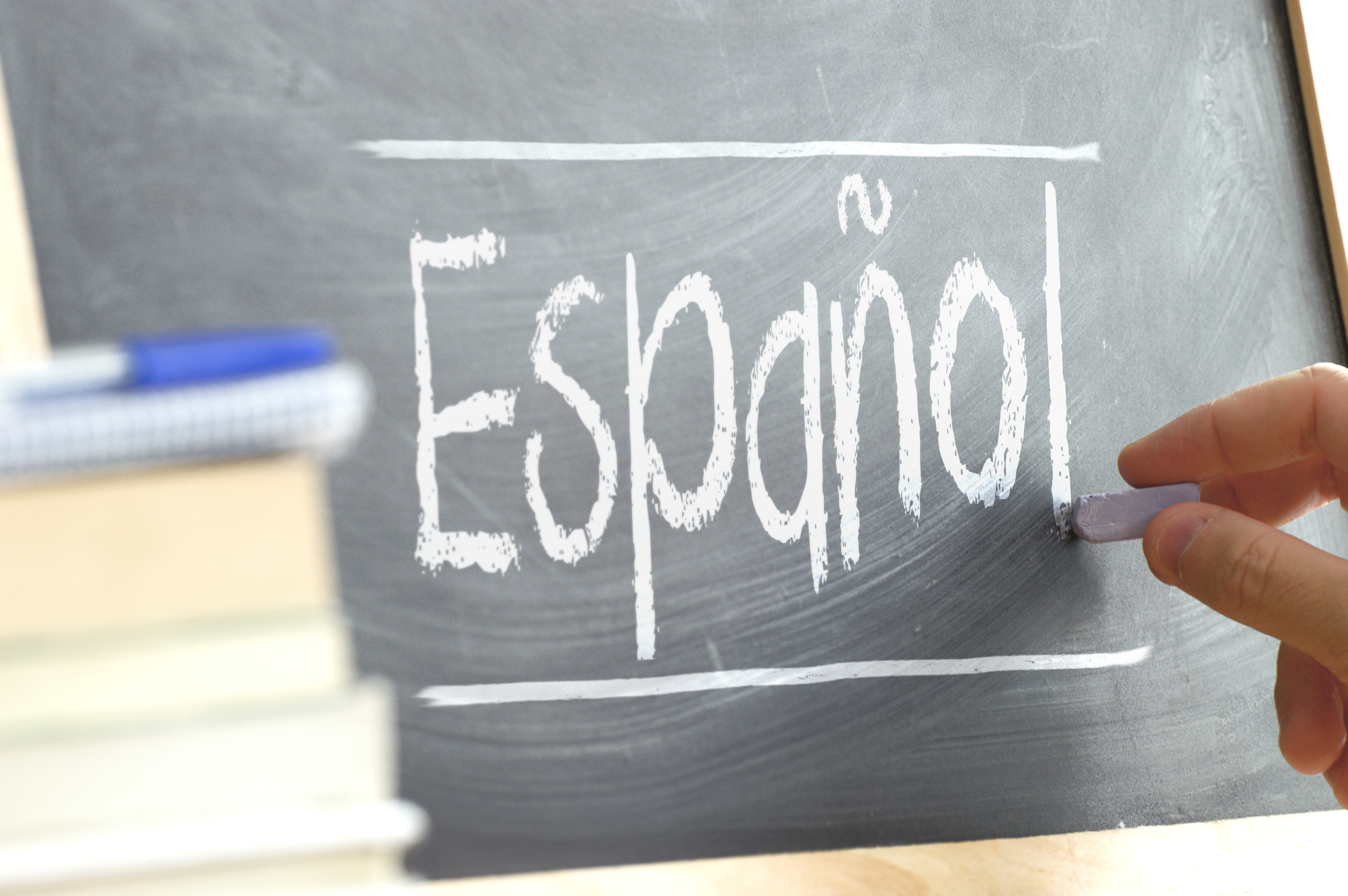A brief look at the differences between Spanish and Latin American Spanish
If we consider that Latin America comprises all the countries in the American continent where Spanish, Portuguese and French are spoken as a main language, it might seem a little daring to try to localise content into a ‘Latin American’ Spanish that feels local, and meets the market and cultural expectations of the 19 countries and roughly 400 million people that have Spanish as an official language.
So, Why Are There Differences?
When analysing the differences between the Spanish spoken in Spain, and the Spanish spoken in Latin American countries, it is impossible to avoid travelling back to the time of colonialism to try and understand the profile of the colonists. According to the studies of author Boyd-Bowman, the colonist census between 1492 and 1580 was of 35.8% Andalucian, 16.9% Extremaduran, 14.8% Castilian and the remaining 22.5% came from different regions in Spain.
Back in the 17th century, the differences between Castilian and Andalucian were not very extreme, apart from the pronunciation of the letters ‘c’ and ‘z’ with an ‘s’ sound, and the dropping of pronunciation on the last consonants in certain words. Therefore, these two dialectal variations had a clear major role in the Spanish spoken in America.
From a lexical and phonetic point of view, the autochthonous languages had a key impact and influence on the formation of the Spanish spoken in the different Latin American countries. For example, the Spanish term ‘chocolate’ comes from the Nahuatl word ‘xocolatl’. Nahuatl is the language that was spoken by most inhabitants in central Mexico at the time of the Spanish conquest.
This allowed the Spanish language to leave a distinctive mark in each region thanks to a rich culture, varied terminology and phonetical exposure. This is a clear example of how a language is a living thing, that evolves and grows in different stems.
Let’s talk, for example, about the term ‘tapas’. That small and tasty portion of food that everybody loves so much. Interestingly, the term most well-known internationally is the one used in Spain. However let’s have a look at the different terms used in some of the Spanish speaking countries:
To summarise, Spanish is the second most widely spoken language in the world, with roughly 400 million speakers. Varied and rich though it is, if you organise a meeting with Spanish speakers from different countries, there would almost certainly be some misunderstandings, and probably some funny looks exchanged points. Though the result would always be met with a kind understanding.
Sources:
http://congresosdelalengua.es/cartagena/articulos/samper_daniel.htm
http://www.letraslibres.com/mexico/espana-y-mexico-encuentros-y-desencuentros
http://tsarexperience.com/las-5-diferencias-mas-importantes-entre-el-espanol-europeo-y-el-espanol-mexicano/
http://www3.uji.es/~ruiz/1003/Lects/Hualde-Cap6.pdf/
https://www.freewebs.com/lenguaje2007/n6_G_Haensch.pdf
https://www.agorafs.com/diferencias-entre-el-espanol-de-espana-y-america-latina/
https://www.mecd.gob.es/dam/jcr:c42db20c-b55a-4262-a688-2914a90ff495/7–espanol-de-espana-espanol-de-america–morenofernandezpaco-pdf.pdf
http://www.scielo.org.mx/scielo.php?script=sci_arttext&pid=S1870-00632014000300005



